We offer two features on this Christmas Eve How On Earth.

Fairies in 19th century science education (start time: 3:52): Victorian educators used the magical world to teach young children about science. That was before fairies fell out of favor in science, alas. How On Earth co-host Jim Pullen talks with Melanie Keene, director of Studies for History and Philosophy of Science at Homerton College in Cambridge, England, about the understanding of fairies in science education in the Victorian age.
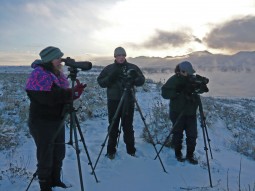 Christmas Bird Count (start time: 12:51) It’s the time of year when humans are flying hither and yon to gather with family for Christmas. Others are heading somewhere south for vacation to escape the winter chill. Many birds are on the move as well, heading south to overwinter. Others are sticking around. These human and avian patterns are converging with the annual Audubon Society’s Christmas Bird Count. Steve Jones and William Schmoker of the Boulder County Audubon Society talk with co-host Susan Moran about how the Bird Count emerged more than 100 years ago and why it’s important.
Christmas Bird Count (start time: 12:51) It’s the time of year when humans are flying hither and yon to gather with family for Christmas. Others are heading somewhere south for vacation to escape the winter chill. Many birds are on the move as well, heading south to overwinter. Others are sticking around. These human and avian patterns are converging with the annual Audubon Society’s Christmas Bird Count. Steve Jones and William Schmoker of the Boulder County Audubon Society talk with co-host Susan Moran about how the Bird Count emerged more than 100 years ago and why it’s important.
Hosts: Susan Moran, Jim Pullen
Producer: Susan Moran
Engineer: Jim Pullen
Executive Producer: Beth Bartel
Listen to the show:
Podcast: Play in new window | Download (Duration: 24:31 — 22.5MB)
Subscribe: RSS





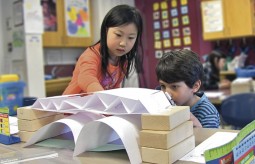 Feature #1: (start time 5:53) STEM, as you may well know, stands for
Feature #1: (start time 5:53) STEM, as you may well know, stands for 

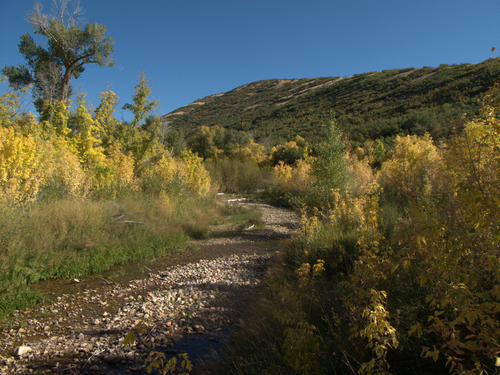
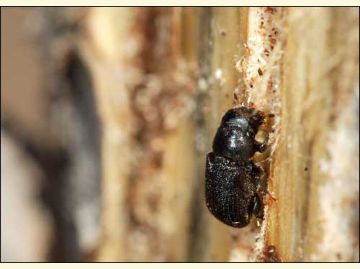

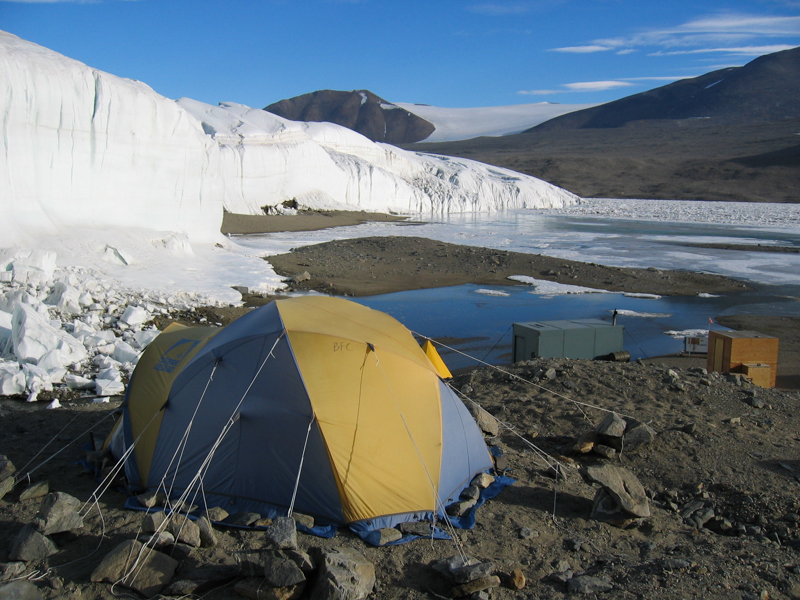

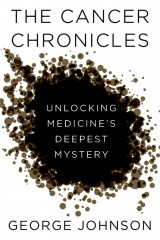 Feature 2 – The Cancer Chronicles (start time 12:22): In his new book,
Feature 2 – The Cancer Chronicles (start time 12:22): In his new book, 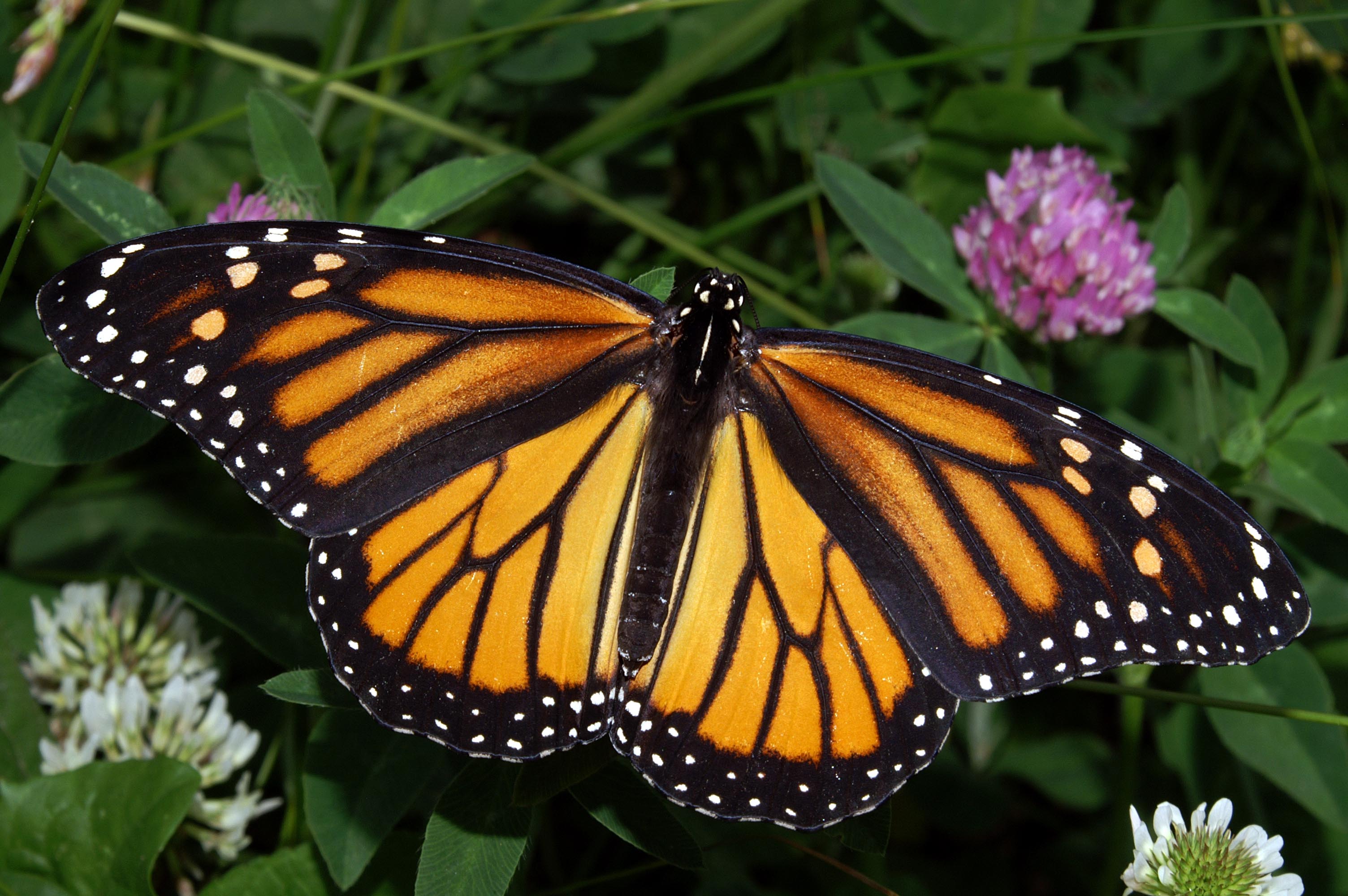
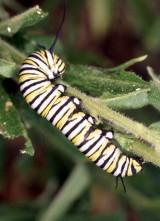
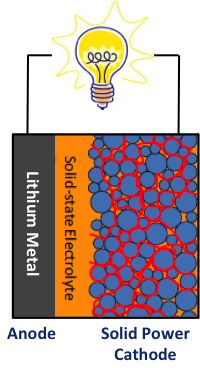
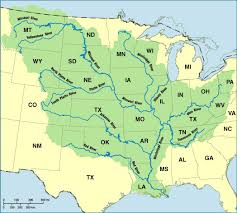

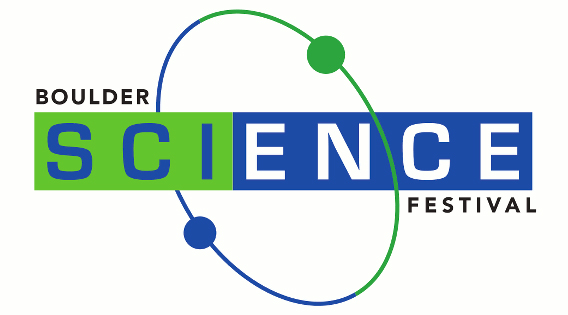
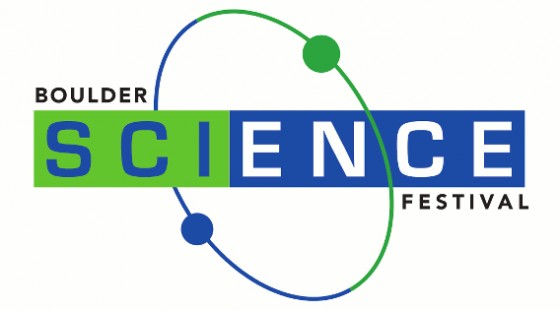
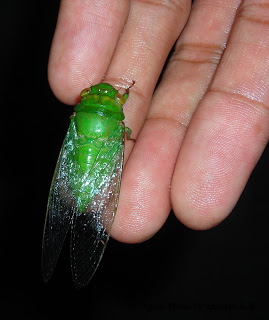
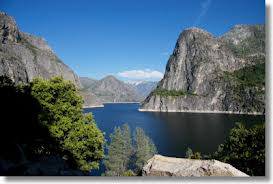
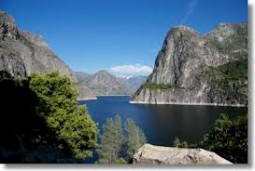
 humans for millenia. Aristotle argued comets were hot, dry exhalations gathered in the atmosphere and occasionally burst into flame. Some people thought that comets replenished Earth’s air. Still others believed they were a source of disease. Scientists today study comets because some are thought to be relatively pristine leftover debris from the formation of the solar system. And studying what comets are made of can provide us a glimpse back to the beginning of the solar system 4 billion years ago.
humans for millenia. Aristotle argued comets were hot, dry exhalations gathered in the atmosphere and occasionally burst into flame. Some people thought that comets replenished Earth’s air. Still others believed they were a source of disease. Scientists today study comets because some are thought to be relatively pristine leftover debris from the formation of the solar system. And studying what comets are made of can provide us a glimpse back to the beginning of the solar system 4 billion years ago. 

 Noise Pollution (starts at 6:15) – How on Earth’s Shelley Schlender talks with research scientist Larry Finegold about noise pollution and about a workshop being held today in Denver about
Noise Pollution (starts at 6:15) – How on Earth’s Shelley Schlender talks with research scientist Larry Finegold about noise pollution and about a workshop being held today in Denver about 

